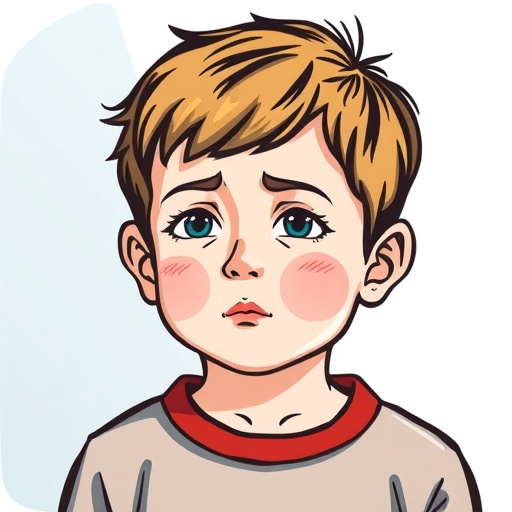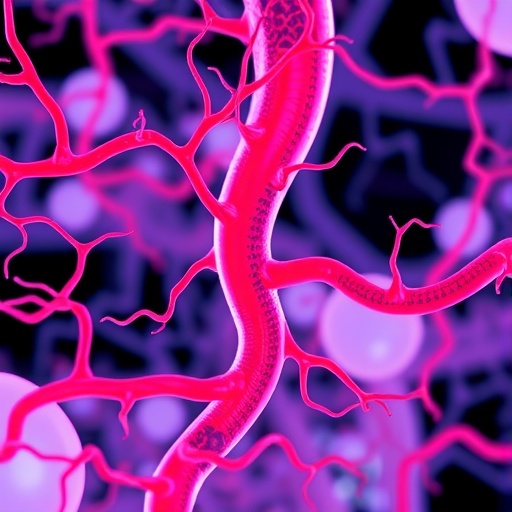It is undisputed that radon is a risk factor for developing lung cancer. New research by the Swiss Tropical and Public Health Institute (Swiss TPH) in the context of the Swiss National Cohort study now shows that the naturally occurring radioactive gas radon within one's home also increases the risk to develop malignant skin cancer (malignant melanoma).
The study titled "Effects of Radon and UV Exposure on Skin Cancer Mortality in Switzerland" is published in the scientific peer-reviewed journal Environmental Health Perspectives. It examines the impact of radon and UV exposure on mortality due to malignant skin cancer in Switzerland.
The study analysed 1,900 deaths due to malignant melanoma which occurred throughout Swit-zerland between 2000 and 2008 in people aged 20 years and above. The residential radon ex-posure was modelled on the basis of 45,000 measurements and accounted for the housing's characteristics and the geological conditions of the area.
Radon more dangerous for young people
"Our study shows that, when radon decays, radioactive alpha particles not only destroy lung tissue but can also affect the skin. This has rarely been researched in the past," says Martin Röösli, professor for environmental epidemiology at Swiss TPH, who wrote the study together with Danielle Vienneau, senior scientific collaborator at the Institute.
For the 30-year-olds, the relative risk for skin cancer increases around 50% per 100 Bq/m? in-crease in radon exposure, while for the 60-year-olds it is considerably lower (16%). "The younger the individual is, the greater the impact of radon on the risk of developing the disease," he explains. "The strengths of the Swiss TPH study are that it was a longitudinal analysis of the total population of Switzerland and that the effects of radon were modelled for every single household."
Radon and skin cancer in Switzerland
Radon originates from granitic and metamorphic rocks and the soil. The level of residential radon exposure depends on both the geological condition of the area and on how well a house is sealed against radon vapour intrusion from the soil.
Of note, Switzerland has the third highest incidence rate of malignant skin cancer worldwide, which places it far above the central European average. Incidence of malignant melanoma has more than doubled in the last 20 years. With appropriate house construction, residential radon exposure can be significantly reduced.
###
About Swiss TPH
The Swiss Tropical and Public Health Institute (Swiss TPH) is Switzerland's leading public and global health institution. Associated with the University of Basel, the institute combines research, teaching and service provision at local, national and international level. Swiss TPH has more than 700 employees and students working in 22 countries. It is led by Professor Jürg Utzinger. http://www.swisstph.ch
About the publication
Journal: Environmental Health Perspective, https://ehp.niehs.nih.gov/
Study: "Effects of Radon and UV Exposure on Skin Cancer Mortality in Switzerland",
https://ehp.niehs.nih.gov/ehp825/
Authors: Danielle Vienneau, Kees de Hoog, Dimitri Hauri, Ana M. Vicedo-Cabrera, Christian Schindler, Anke Huss, Martin Röösli
Date of Publication: June 16, 2017, 4 p.m. CET
Contact
Prof. Dr. Martin Röösli, Head of Environmental Exposure and Health Unit, Swiss TPH, +41 61 284 83 83, [email protected] Anna Wegelin, Head of Communications, Swiss TPH, +41 61 284 86 83, +41 76 588 30 06, [email protected]
Media Contact
Anna Wegelin
[email protected]
41-612-848-683
@swisstph
http://www.swisstph.ch
############
Story Source: Materials provided by Scienmag




